Reminisce on the search giant’s best jokes from the past few decades.
Google was a frequent participant in the online frivolity of April Fools’ Day. Not content with one act of mischief, the company typically filled many of its services with little jokes intended to raise a smile on April 1.
Google hasn’t celebrated the event since 2020, but there’s plenty of amusement to mine from the archives. These are the best April Fools’ Day pranks from Google.
۱۰ Gmail Mic Drop
In 2016, Google introduced a new feature to Gmail called Mic Drop, ideal for when you want the last word. Thanks to the “Send + Mic Drop” button, your email reply would be sent along with an animated image of a Despicable Me Minion dropping a microphone. Then the entire chain would get archived, so you wouldn’t see any further responses.
This might seem harmless, but many people used it accidentally, either not knowing what it was or because of its close placement to the standard “Send” button. After receiving disgruntled feedback from people who had dropped the mic on important or sensitive emails, Google quickly disabled the feature.
“It looks like we pranked ourselves this year,” the company wrote on The Keyword.
۹ MentalPlex
MentalPlex, Google’s first April Fool’s prank in 2000, was simple and silly, which is what makes it so good. While looking at a swirling red and blue vortex, users were instructed to remove their hats and glasses, project a mental image of what they want to find, and click.
The search page would return a random joke error, like “Unclear on whether your search is about money or monkeys” or “Multiple transmitters detected. Silence voices in your head and try again”, along with the Google results for “april fool’s”.
In a joke the company probably wouldn’t make nowadays, MentalPlex’s FAQ notes that “while MentalPlex does have the potential of probing your deepest darkest secrets and desires, this information is only used in aggregate and rarely sold to advertisers unless they ask very, very nicely.”
۸ Google Gulp
There are a lot of weird internet-connected products nowadays, but Google was ahead of the curve in 2005 with its fictional brand of smart drinks. Google Gulp, with flavors like Beta Carotty and Glutamate Grape, would not only make you less thirsty, but also more intelligent by changing your brain chemistry.
The only way to get your hands on a Gulp was by turning in one of its bottle caps at your local grocery store—after all, every good product is invite-only. And by the way, popping the cap sends a signal to Google’s servers accepting the terms and conditions, which includes the risk of “hideous genetic mutation” after consumption.
We’re thankful this one remained firmly online.
۷ Gboard Spoon Bending
window.arrayOfEmbeds[“DeJY5d14qKs”] = {‘youtube’ : ‘””‘}; window.arrayOfEmbedScripts[“youtube”] = “null”;
Coming from Google Japan in 2019 was this fake innovation for inputting Japanese characters into Gboard: the bending spoon. Thanks to a flex sensor installed in the handle, users select a character through the spoon’s bending angle.
The video announcement promised other implementations of the flex sensor, including in a fishing rod. While these never came to fruition, Google Japan keeps up its pranking tradition annually in October, like with the unveiling of the Gboard Bar Version, a single-row keyboard that’s 1650mm long.
۶ Google TiSP
You may know about Google’s broadband service called GFiber, but that isn’t the company’s first foray into being an internet provider. That honor goes to Google TiSP—free, fast, and reliable internet that takes moments to install.
Sounds too good to be true? That’s because it was. With TiSP, users would supposedly hold one end of a fiber-optic cable firmly, drop the rest down their toilet, and flush. Thanks to the patented GFlush system, the other end would work its way through the plumbing to an access node, where a Plumbing Hardware Dispatcher then connects it up.
We’re all for unusual bathroom upgrades, but Google TiSP is a step too far.
۵ YouTube Videos Become Rickrolls
window.arrayOfEmbeds[“dQw4w9WgXcQ”] = {‘youtube’ : ‘””‘}; window.arrayOfEmbedScripts[“youtube”] = “null”;
Rick Astley’s song Never Gonna Give You Up is a certified banger, but chances are you’ve mostly heard its opening notes unintentionally. That’s due to the internet phenomenon of rickrolling, wherein you send someone a link to the video and pretend it’s something else.
On April 1, 2008, anyone who clicked on a featured video on YouTube’s homepage found themselves rickrolled, all contributing to the one and a half billion views Rick’s song has (and counting).
۴ Chromercise
window.arrayOfEmbeds[“RjbkAECbDBE”] = {‘youtube’ : ‘””‘}; window.arrayOfEmbedScripts[“youtube”] = “null”;
Do you ever feel that your ability to browse the web quickly isn’t hindered by your web browser, but rather your finger dexterity? That’s what Google concluded in 2011 with the pretend launch of Chromercise, an exercise regime for your hands.
As detailed on the Chrome Blog by Chris Wright, certified Chromercise Instructor, the program offers a “unique blend of aerobic motion and rhythmic accompaniment” designed to tighten and tone your fingers.
Finger sweatbands were encouraged to make the workout more comfortable—and Google actually sold these through its online store.
۳ Google Nose
window.arrayOfEmbeds[“9-P6jEMtixY”] = {‘youtube’ : ‘””‘}; window.arrayOfEmbedScripts[“youtube”] = “null”;
Have you ever searched for something on Google and wondered what it smelt like? Enter 2013’s Google Nose, the company’s “flagship olfactory knowledge feature.” Unfortunately, it was just a joke, and didn’t really let you smell flowers, campfires, or a new car by “intersecting photons with infrasound waves.”
It’s fun to think about this being real, though (and whether tech like virtual reality will offer smell-o-vision). Plus, you have to wonder if the whole thing was just a vehicle for the “Google knows/Nose” joke in the announcement video.
۲ Pac-Maps
Pac-Man is one of the games you can play directly in Google Search, but that was taken to the next level in 2015 when the iconic yellow chomper and those pesky ghosts invaded Google Maps. For over a week, you could turn real streets into a playable Pac-Man level.
It proved so popular that Google brought it back two years later in the form of Ms. Pac-Maps.
۱ The YouTube Collection
window.arrayOfEmbeds[“Y_UmWdcTrrc”] = {‘youtube’ : ‘””‘}; window.arrayOfEmbedScripts[“youtube”] = “null”;
One of the best features of YouTube Premium is the ability to download videos for offline viewing. That didn’t exist in 2012, but what did was The YouTube Collection, a service that claimed to send you every single YouTube video on DVD via 175 trucks.
Handily, you didn’t lose the important community aspect; just pop your comment and rating in an envelope and send it directly to the video’s creator. And since the uploading never stops, you’d get a new truckload of videos every week.
None of this was real, of course, but when the apocalypse strikes, we’ll think fondly about what could have been with The YouTube Collection.
While all of these were goofs, Google has been known to launch real permanent products and features on April Fools’ Day. The most famous? Gmail. That’s right, the best April Fools’ Day joke of all time wasn’t actually a prank, as wild as the idea of 1GB free mail storage seemed at the time.

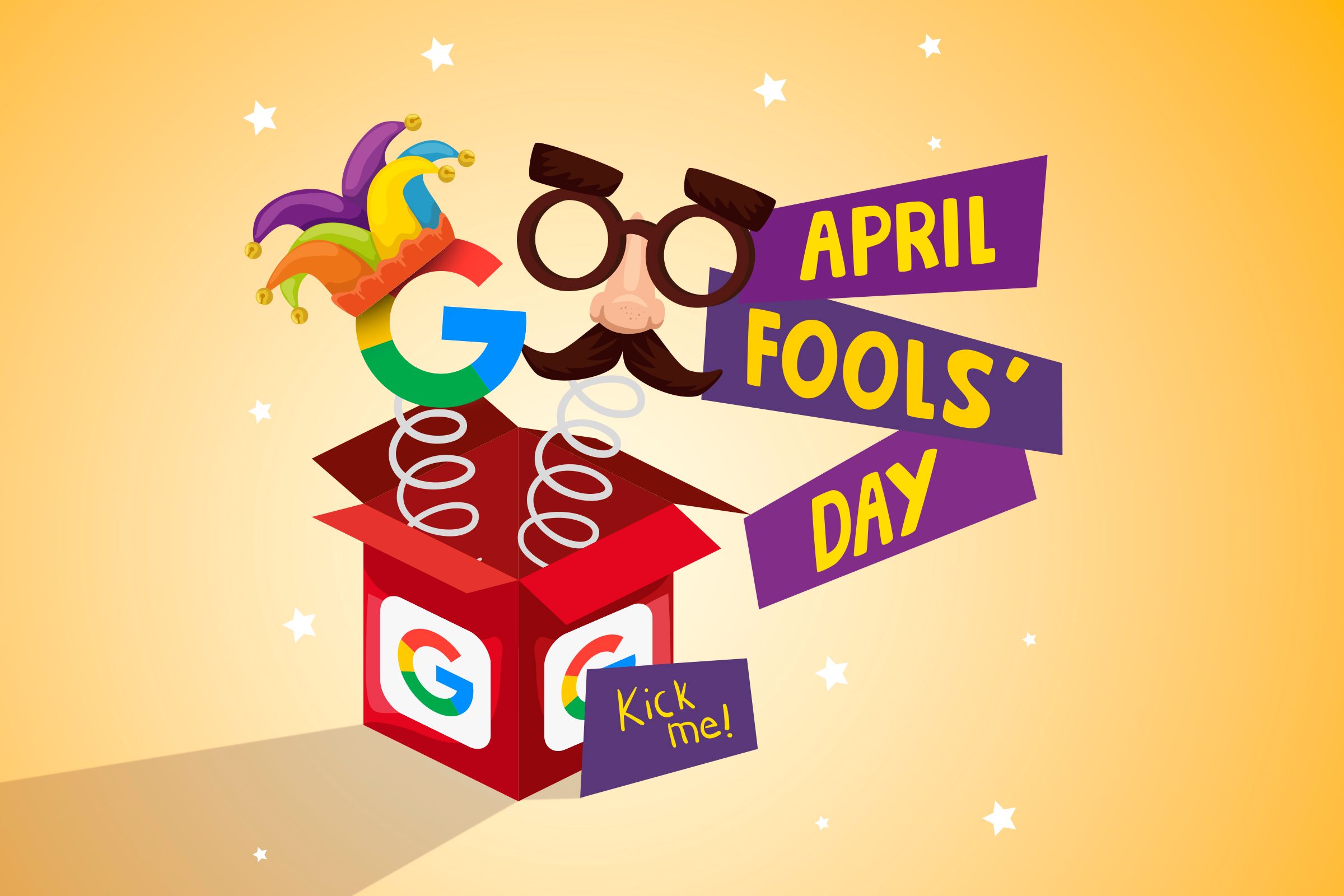
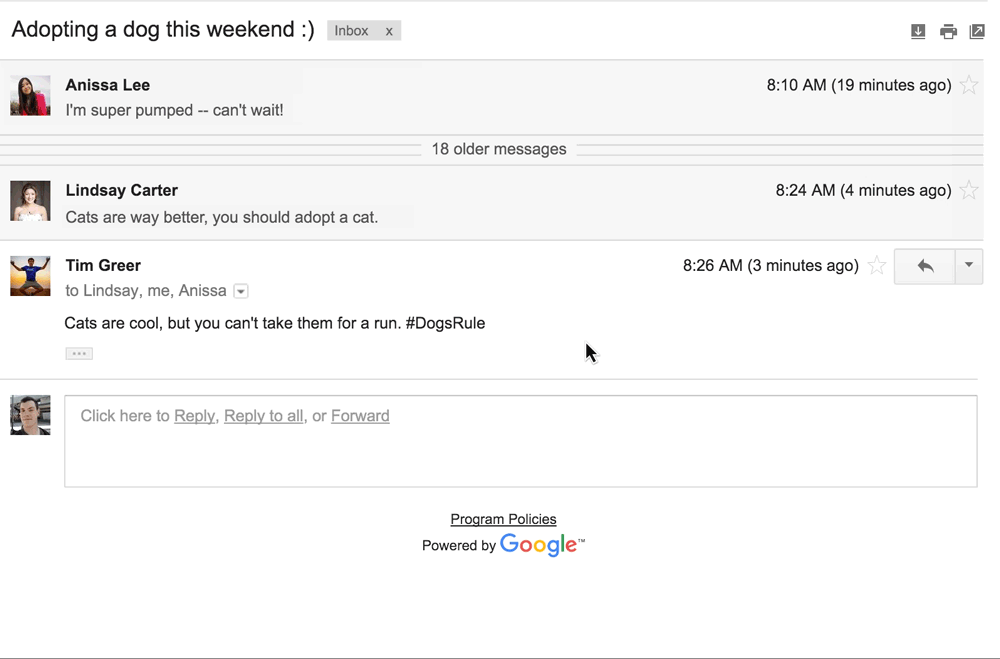
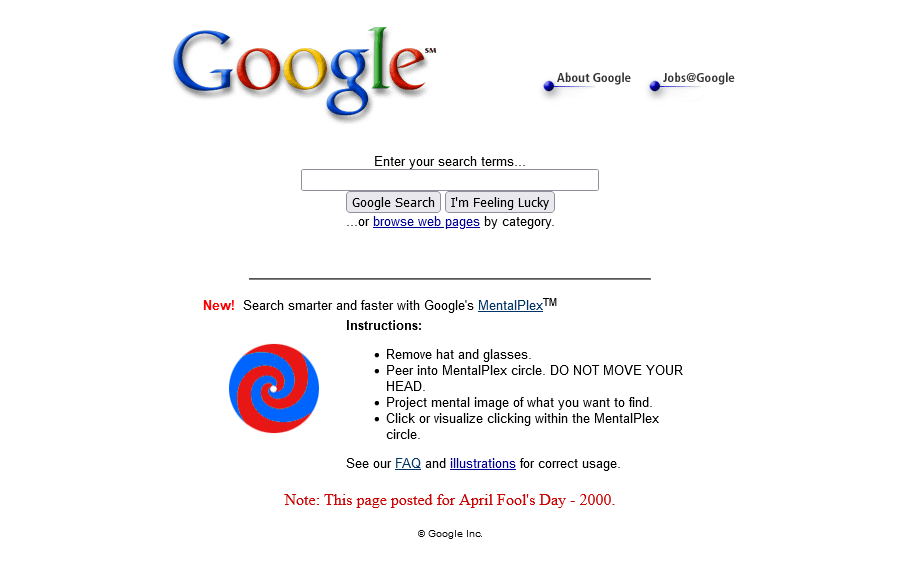
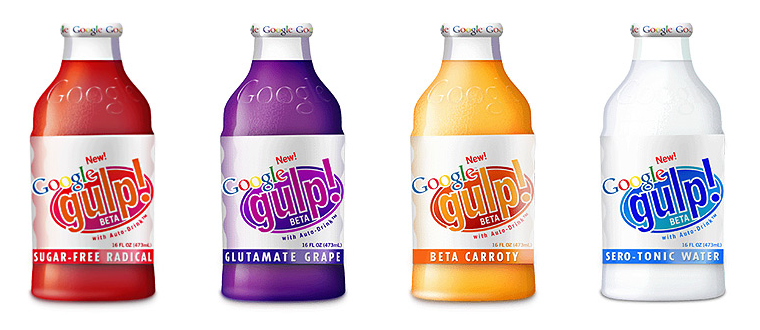
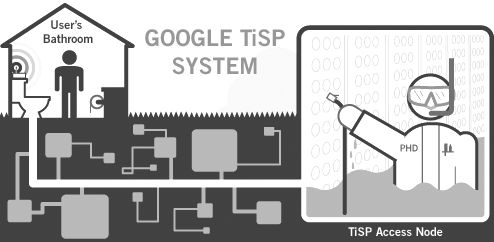
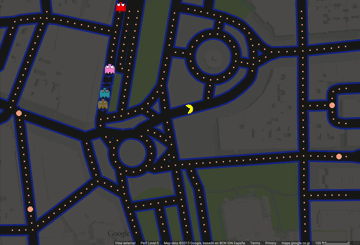
دیدگاهتان را بنویسید